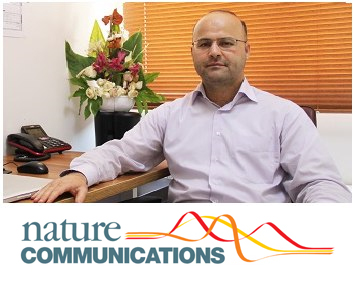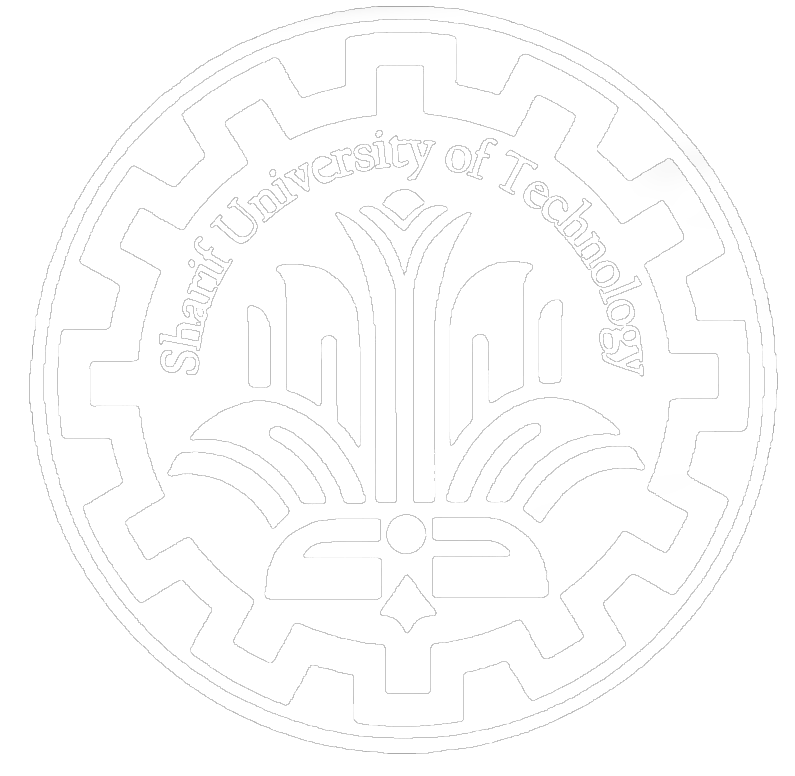
According to the Public Relations Department of Sharif University of Technology, Dr. Mehdi Kargarian, Associate Professor of Physics at Sharif University of Technology, was able to publish his article titled "Superconductivity and a van Hove singularity confined to the surface of a topological semimetal" in the prestigious journal Nature.
This research states that superconductivity is one of the oldest topics in condensed matter physics. Its discovery dates back to the early years of the 20th century. The most striking feature of a superconductor is that the resistance of the material becomes zero below a temperature known as the transition temperature. The zeroing of the material's resistance has created many incentives over the past decades to use superconducting materials in the lossless transport of electric current and also in the creation of high magnetic fields.
For decades—from around 1911, when the first example of superconductivity was discovered, to around 2010—there have been two fundamental questions about superconductivity in condensed matter physics and materials science that have occupied a great deal of research. The first question is what is the fundamental reason for superconductivity—a problem called electron pairing—to occur? And the second question is how to raise the transition temperature to room temperature for use? But since around 2010, another very important issue has been raised: whether some superconducting materials could be suitable substrates for storing and processing quantum information. This relatively rare class of superconducting materials is called topological superconductors. To find such materials, most efforts have so far focused on inducing conventional superconductors in nanowires and also in the two-dimensional interfacial space. Finding and synthesizing suitable materials for creating such compounds is difficult.
The question is whether it is possible to realize topological superconductivity naturally in materials? While topological superconductors in two-dimensional or quasi-two-dimensional materials have the efficiency and conditions necessary for quantum-topological calculations, the main challenge is that most materials are three-dimensional in nature and the surface and bulk properties of the material are similar. The aim of this paper is to answer the question of how to create a superconductor confined to the surface of a three-dimensional material that has the same properties as a two-dimensional superconductor. In the experimental research section, a material is introduced whose surface is superconducting only, and transport and spectroscopy analyses show its two-dimensional nature. In the theoretical section, it is shown that this surface superconductor can have a topological energy gap and that superconducting vortices can be a suitable platform for designing quantum qubits and processing information.
It is worth noting that the results of this research, which is the product of an international collaboration of experimental and theoretical groups from universities in the United States, China, Switzerland, and Iran, have been published in the journal Nature Communication with an impact factor of 14.7.
Article access link
